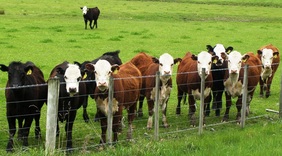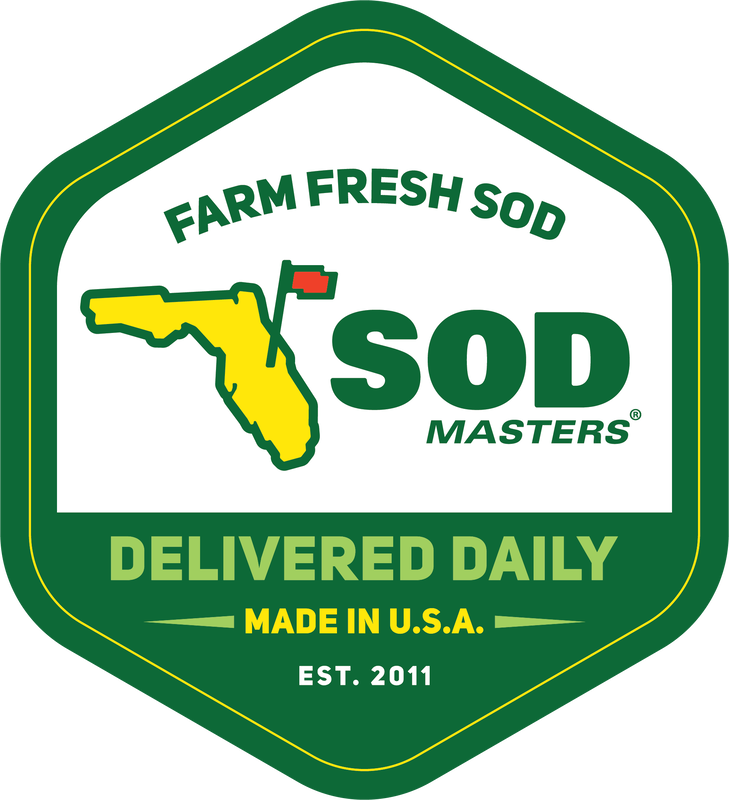
Greener pastures could lie ahead for Florida beef cattle producers.
Florida producers are growing two new grass varieties created by UF in partnership with Florida Foundation Seed Producers, Inc.
The grass, which contains a better nutritional value and lifespan, could save cattlemen money, said John C. Beuttenmuller, executive director of FFSP.
“Being able to graze on improved quality forages that perform well prevent them from having to supplement feed and other things in their operations,” Beuttenmuller said.
The new grass was developed and tested by four UF professors starting in 2005. They bred more than 50 varieties of grass and tested them for six years for persistence and nutritive value. The two new hybrids, 4F and 10, were released last spring.
Joao Vendramini, an associate professor and forage specialist at the UF Institute of Food and Agricultural Sciences Range Cattle Research and Education Center in Ona, helped develop the varieties.
He said the grass grows waist tall and thrives in warm weather.
Vendramini said the grass spreads by planting the cut stems, which is a longer process and more labor-intensive than growing by seeds.
Read more...
Florida producers are growing two new grass varieties created by UF in partnership with Florida Foundation Seed Producers, Inc.
The grass, which contains a better nutritional value and lifespan, could save cattlemen money, said John C. Beuttenmuller, executive director of FFSP.
“Being able to graze on improved quality forages that perform well prevent them from having to supplement feed and other things in their operations,” Beuttenmuller said.
The new grass was developed and tested by four UF professors starting in 2005. They bred more than 50 varieties of grass and tested them for six years for persistence and nutritive value. The two new hybrids, 4F and 10, were released last spring.
Joao Vendramini, an associate professor and forage specialist at the UF Institute of Food and Agricultural Sciences Range Cattle Research and Education Center in Ona, helped develop the varieties.
He said the grass grows waist tall and thrives in warm weather.
Vendramini said the grass spreads by planting the cut stems, which is a longer process and more labor-intensive than growing by seeds.
Read more...

 RSS Feed
RSS Feed
